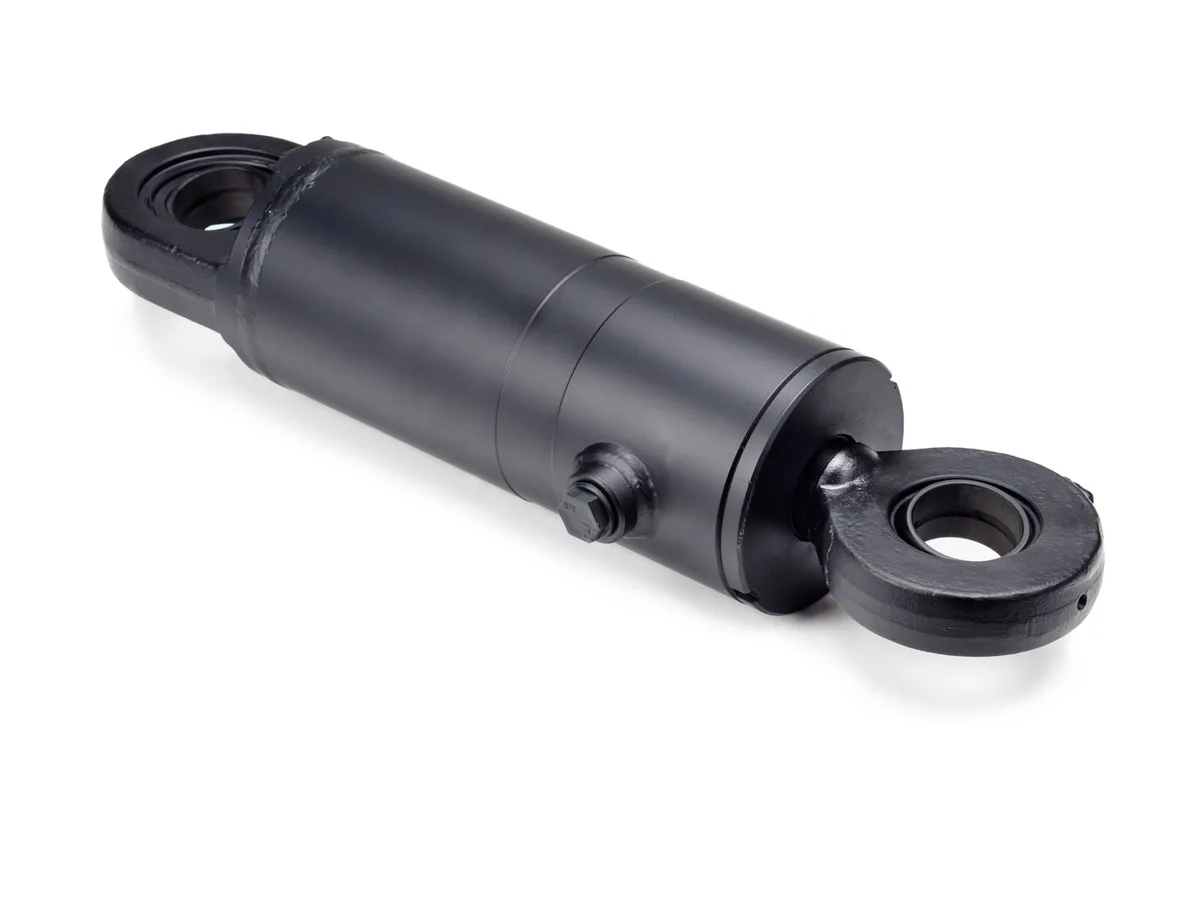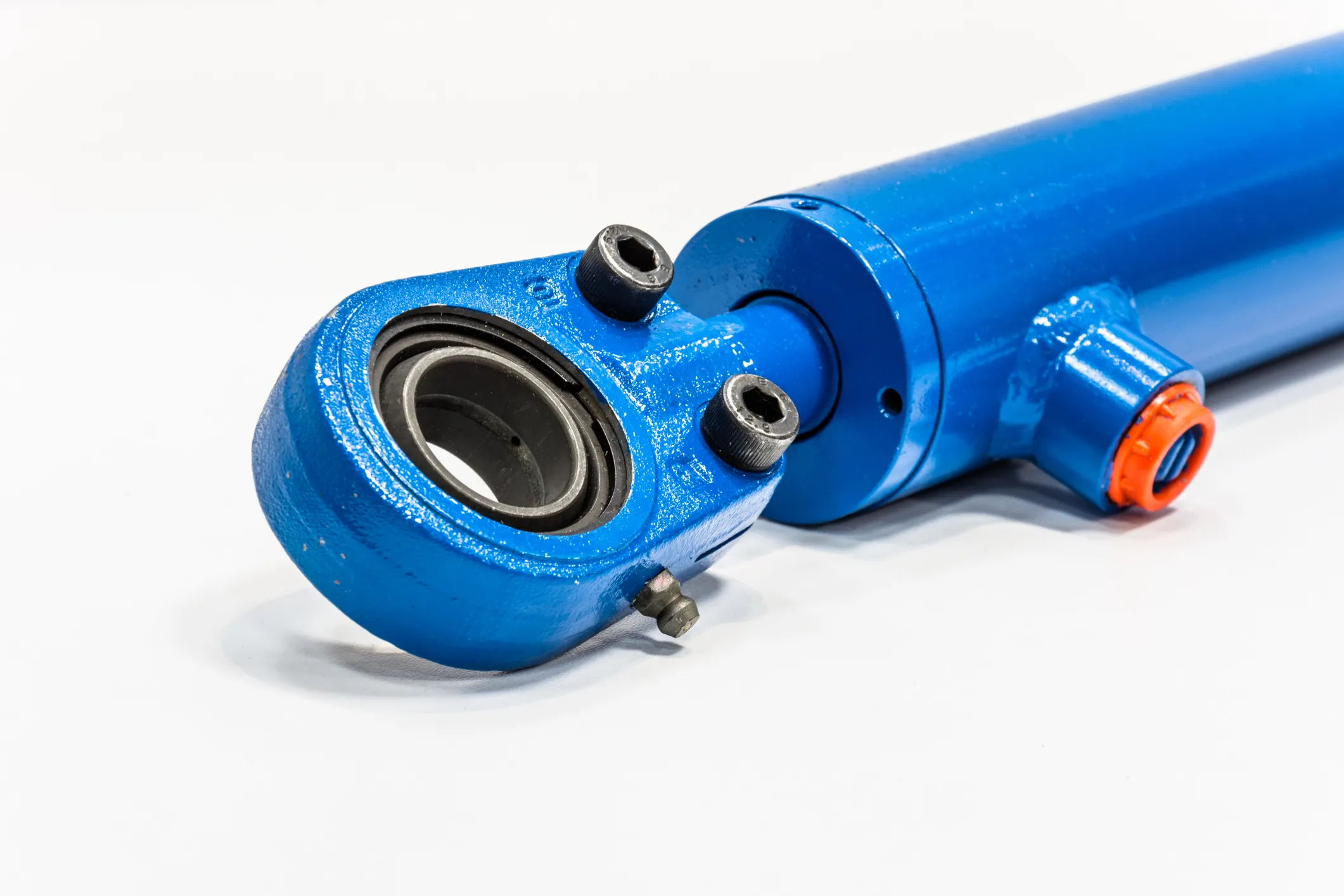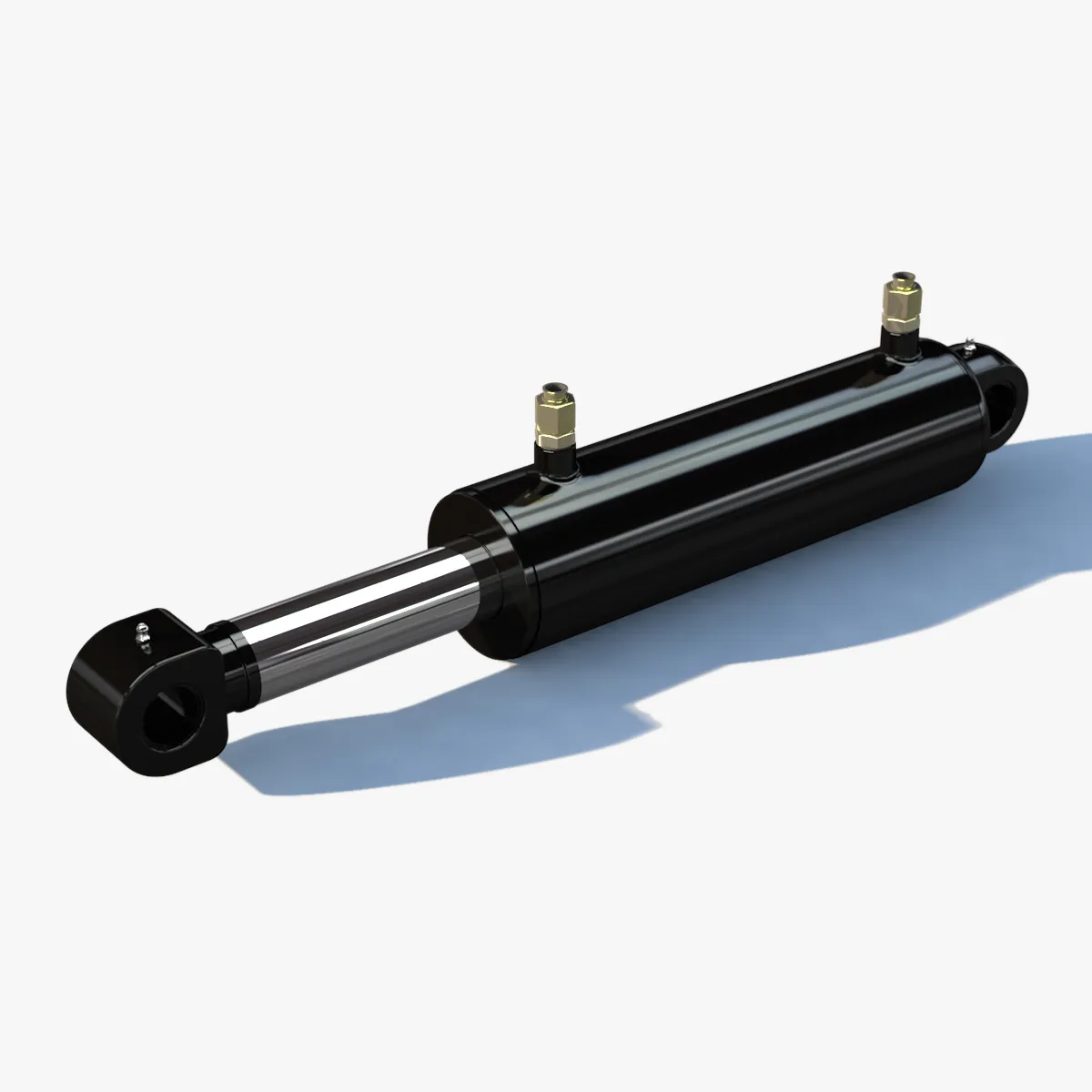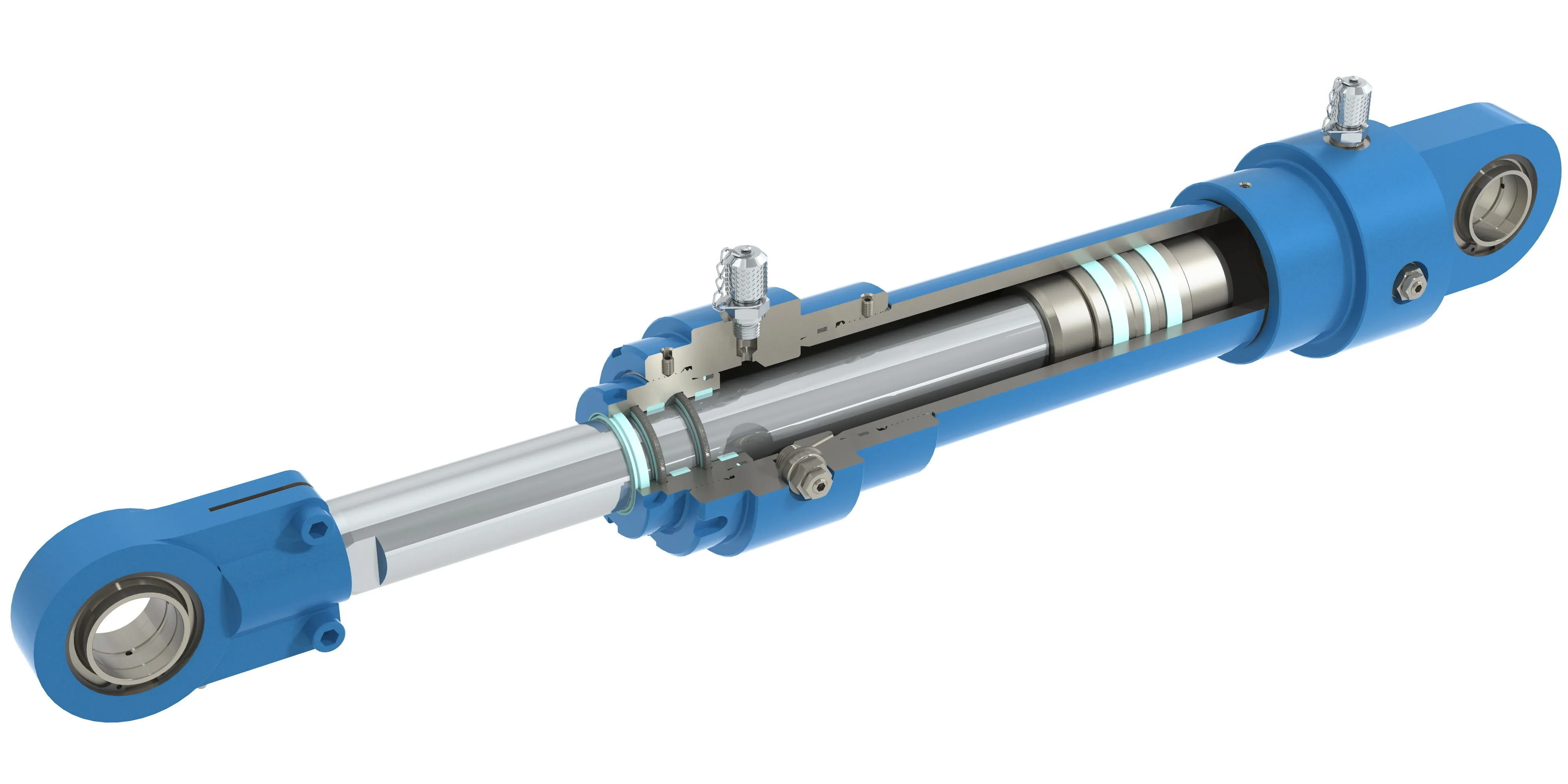High-Pressure Welded Hydraulic Cylinders For Quality Control
Introduction to High-Pressure Welded Hydraulic Cylinders
High-pressure welded hydraulic cylinders are essential components in hydraulic systems, designed to withstand extreme pressure levels and provide precise control over various industrial applications. These cylinders are meticulously constructed using advanced welding techniques, ensuring durability and reliability in demanding environments.
Design and Construction Characteristics
High-pressure welded hydraulic cylinders are typically crafted from high-strength steel or aluminum to enhance their structural integrity and wear resistance. The welding process, whether using MIG or TIG technology, plays a crucial role in optimizing the cylinder’s performance by eliminating weak points commonly found in traditional designs.
- Integrated End Cover: The integrated end cover design enhances the overall strength and stability of the cylinder.
- Piston Design: Specially engineered pistons contribute to smooth operation and efficient force transmission.
- Sealing Arrangement: Advanced sealing arrangements prevent leakage and ensure optimal performance under high pressures.
Working Principle of High-Pressure Welded Hydraulic Cylinders
These cylinders operate based on the transfer of hydraulic fluid to generate force, enabling the piston to move and perform the required workload. The sealing system plays a critical role in maintaining pressure integrity and ensuring efficient performance across various applications.
Types and Configurations
High-pressure welded hydraulic cylinders come in various types and configurations, each tailored to specific industrial requirements. Whether single-acting, double-acting, or telescopic, these cylinders offer versatile solutions for diverse applications.
Top Five Advantages of High-Pressure Welded Hydraulic Cylinders
- Strength vs. Reliability: Welded construction enhances strength and reliability, allowing for higher pressure ratings.
- Compact Design: Welded cylinders offer a space-saving advantage compared to traditional tie rod designs.
- Maintenance Benefits: Reduced moving parts minimize maintenance needs and enhance operational efficiency.
- High Pressure Capacity: Designed to withstand extreme pressures, ideal for rigorous industrial environments.
- Flexible Application: Suitable for various industrial equipment, providing adaptable solutions for different machinery.
Performance Characteristics
High-pressure welded hydraulic cylinders exhibit high strength, durability, and compactness, making them ideal for demanding applications. These cylinders are widely used across industries such as construction, agriculture, and manufacturing, showcasing their versatility and reliability.
Industries Using High-Pressure Welded Hydraulic Cylinders
- Construction: Excavators, bulldozers, cranes
- Agriculture: Tractors, harvesters
- Manufacturing: Printing presses, robots, assembly lines
Design Considerations and Selection Criteria
When choosing high-pressure welded hydraulic cylinders, it’s essential to consider factors such as bearing capacity, sealing efficiency, durability, safety features, and ease of maintenance. These considerations ensure optimal performance and longevity of the cylinders in diverse applications.
Sealing and Lubrication
Proper sealing and lubrication are crucial for maintaining the efficiency and longevity of high-pressure welded hydraulic cylinders. Utilizing high-quality seals and regular lubrication routines can significantly enhance the performance and durability of the cylinders.
Regular Inspection and Maintenance
Regular inspection and preventive maintenance are key to ensuring the optimal performance of high-pressure welded hydraulic cylinders. Implementing thorough inspection routines and timely maintenance measures can prevent potential issues and prolong the service life of the cylinders.
Installation Guide

Proper installation of high-pressure welded hydraulic cylinders is essential for their effective operation. Following manufacturer guidelines and utilizing appropriate tools and techniques can ensure the cylinders are installed correctly to maximize performance and safety.
Common Maintenance Tasks
- Regular Inspection
- Proper Lubrication
- Seal Replacement
Implementing these maintenance tasks diligently can help prevent malfunctions and extend the lifespan of high-pressure welded hydraulic cylinders, ensuring optimal performance and operational efficiency.
Safety Considerations
High-pressure welded hydraulic cylinders require strict adherence to safety measures to prevent accidents and ensure operator protection. Following safety protocols and guidelines is essential when working with these powerful components.

Fault Diagnosis and Troubleshooting

Identifying common problems and conducting effective fault diagnosis is crucial for maintaining the performance of high-pressure welded hydraulic cylinders. By addressing issues promptly and implementing appropriate solutions, potential downtime and operational disruptions can be minimized.
Three Questions and Answers
- How do high-pressure welded hydraulic cylinders differ from traditional hydraulic cylinders?
- What materials are commonly used in the construction of these cylinders?
- What advantages do high-pressure welded cylinders offer in terms of strength and durability?

Long Tail Keywords
- High-Pressure Hydraulic Cylinder Welding Techniques
- Durable Welded Hydraulic Cylinder Design
- Optimizing Performance with High-Pressure Welded Cylinders
Our Company
We are a leading hydraulic cylinder replacement manufacturer, offering a comprehensive product line to meet diverse industrial needs. With a strong focus on quality, reliability, and customer satisfaction, we have established ourselves as a trusted partner in the hydraulic industry.
Our company prides itself on professional services, international certifications, customized solutions, state-of-the-art production equipment, and dedicated after-sales support. We strive to deliver exceptional products and services that exceed our customers’ expectations and drive success in their operations.
Author: lyl
